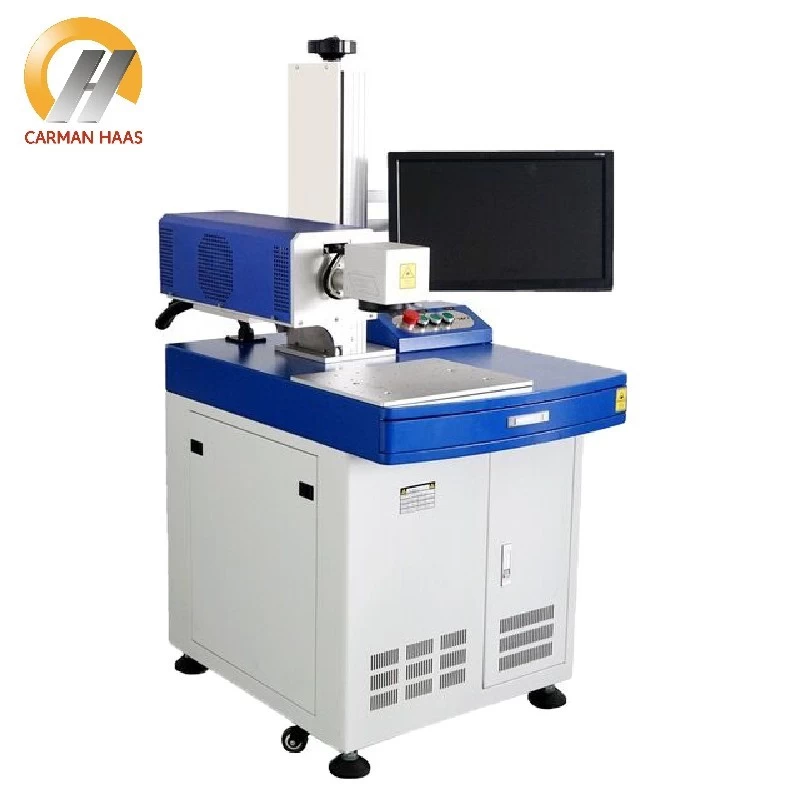Introduction to laser lens materials, where is the gap between lenses?
At present, there are many specifications and varieties of laser lenses on the market, and the prices are also uneven. What are the specific differences in the materials used for these lenses and the price differences?
Let me give you a detailed introduction from the base material of optical lenses:
Optical glass (BK7/K9)
BK7 (K9) is one of the common high borosilicate crown glass, with a transmission range of 380nm ~ 2100nm. It has high homogeneity, low bubble and impurity content, and can be directly used as a transmission optics material. BK7 has high hardness and good scratch resistance. However, the coefficient of thermal expansion is large and it is not recommended for temperature-sensitive applications.
Therefore, BK7 (K9) material is susceptible to high temperature expansion and bursting, and is basically not used in laser cutting. Due to its low cost, it is often used in low power (≤500W) laser welding.

Aspheric Fused Silica Focusing lens
Fused Silica
In China, fused silica materials are divided into JGS1, JGS2 and JGS3 for different applications.
JGS1: Usually used in ultraviolet and visible light bands, the material does not contain bubbles and impurities.
JGS2: Usually used for reflector substrate, the material contains many small bubbles.
JGS3: It has good transmittance in infrared, but contains many bubbles, which limits its wide use.
In general, if there is no special statement, we call UV fused silica fused silica. Ultraviolet fused silica is a kind of amorphous silica with extremely high purity, and its transmission range is from 185nm to 2300nm. This kind of amorphous and colorless quartz has a very low thermal expansion coefficient and good optical properties. Its transmission and homogeneity exceed the crystalline form of quartz crystal. Fused silica has a high damage threshold and is one of the ideal materials used in the field of high-energy lasers. Ultraviolet fused silica has high refractive index uniformity and low impurity content. It is also suitable for transmission and reflection optical systems and high-energy optical systems. (UV F-theta Lens manufacturer china)

In the field of laser cutting, fused silica is used to make various optical components. Compared with BK7, it is more suitable for fields that require higher transmittance and higher damage threshold requirements. According to the characteristic application of different fused silica materials: JGS1 is better than JGS2 than JGS3.
In addition to the difference in the base material, the coating of optical lenses is also very different. Different coating equipment, coating materials and ratios, coating time requirements, etc., have an impact on the transmittance, service life and use effect of the lens. . Therefore, the selection of laser lenses is not only in terms of price, but quality is the focus.

















